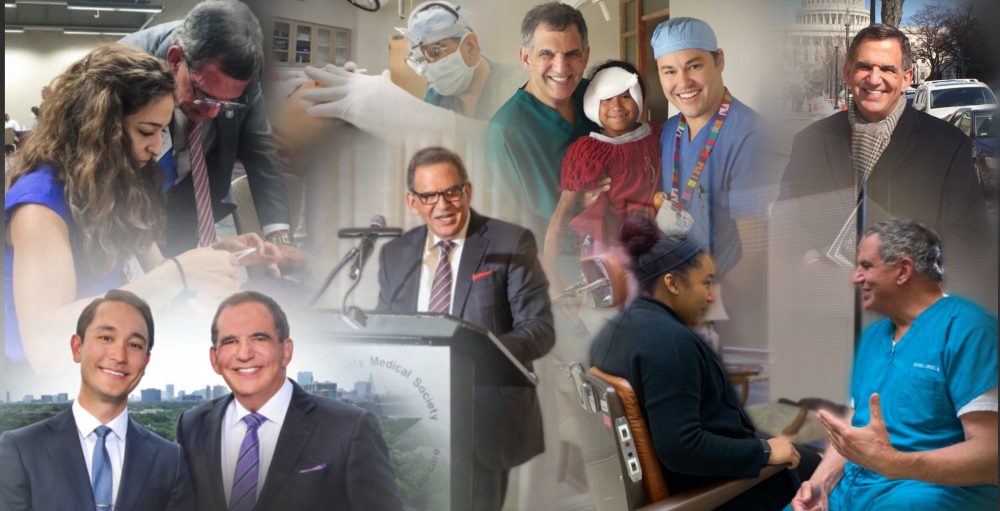A DIVERSE WORKFORCE IS NEEDED IN HEALTHCARE
Only 22% of Black patients have a physician or healthcare provider of the same race as opposed to white adults (73.8%) or adults of other races (34.4%). And only 23.1% of Hispanic/Latinx adults shared a racial, ethnic, or language background with their doctor. This is so important because evidence shows that patients have better trust and communication with doctors of the same race or ethnic identity. Without that established relationship, medical care can become delayed causing worse outcomes, especially in populations that already have higher instances of diabetes, hypertension, obesity, and cardiovascular disease. Some minorities have mistrust in the healthcare system because of previous racist practices and so shun seeing a physician or getting necessary tests or vaccinations.  Blacks comprise 12% of the US population but only 5% of all physicians. How do we improve those statistics? First of all, young blacks in their early formative years need to see black physician role models and teachers to inspire them and let them know that obtaining that degree is a possibility. Medical schools should proactively see a social responsibility to increase the diversity of their students. But even then, most medical students graduate with debts of over $200,000! Minorities often come from families of little financial means as opposed to others who can get parental support for help through those lean years. Some medical school debt can be forgiven in return for promising to practice in an underserved area for a few years. Many medical foundations provide minority scholarships, but that aid is often a drop in the bucket. Tuition in medical schools must go down or be at no cost (as in some other countries) for all students as these high costs dissuade many from entering medicine or going into a specialty that pays poorly, which is usually primary care, which we need the most!
Blacks comprise 12% of the US population but only 5% of all physicians. How do we improve those statistics? First of all, young blacks in their early formative years need to see black physician role models and teachers to inspire them and let them know that obtaining that degree is a possibility. Medical schools should proactively see a social responsibility to increase the diversity of their students. But even then, most medical students graduate with debts of over $200,000! Minorities often come from families of little financial means as opposed to others who can get parental support for help through those lean years. Some medical school debt can be forgiven in return for promising to practice in an underserved area for a few years. Many medical foundations provide minority scholarships, but that aid is often a drop in the bucket. Tuition in medical schools must go down or be at no cost (as in some other countries) for all students as these high costs dissuade many from entering medicine or going into a specialty that pays poorly, which is usually primary care, which we need the most!
SUMMARY:
We are seeing a trend towards having training geared to turn out more primary care physicians and to train more minority students. Here in Houston, we have just started a new medical school focused on training Primary Care physicians. University of Houston College of Medicine whose current first year students are 36% Black and 36% Hispanic, has as part of their mission the training of doctors who look like the communities they serve. Nationally we are improving. According to the Association of American Medical Colleges (AAMC) our first-year students in medical schools are now 11.3% Black and 12.7% LatinX, but it will take years to catch up and we need to continue to make this a priority. Patients want and need to have the cultural and ethnic diversity of physicians reflect their own.

